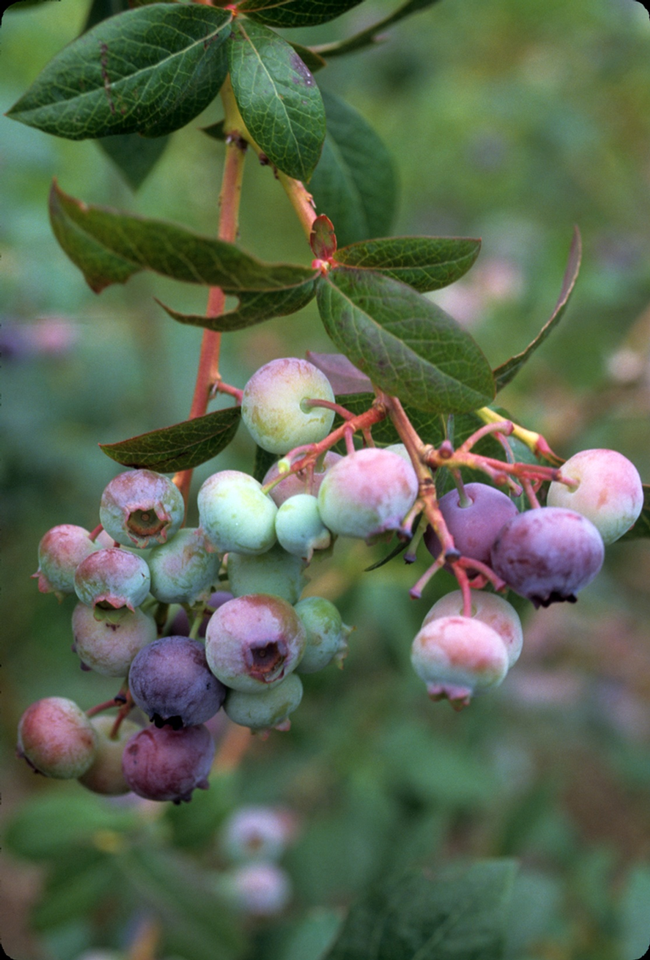Edible landscapes are growing like zucchini in the sun as more people recognize the health and economic benefits of designing their yards with pretty plants that taste good, too.
“Sales of fruits and vegetables have remained strong, even during this recession when sales of other plants have lagged,” said Ron Hoffman, owner of Morris Nursery in Riverbank,Calif., echoing the sentiments of many in the state’s nursery industry. “People enjoy growing their own produce and they want plants that do double duty.”
And when they choose brightly colored edibles — like, say, Neon Lights swiss chard or Bronze lettuce — they can have their landscape and eat it, too. But designing and maintaining an edible landscape is easier said than done. How do you know what plants to choose? What if one plant needs different soil and more water than its neighbor? How do you keep the cat from pooping on your produce?
The folks at the UC Cooperative Extension Master Gardener Program, with assistance from the California Center for Urban Horticulture at UC Davis, are answering those questions and many more at six, two-day, “train the trainer” workshops throughout the state. Funded by a two-year grant from the UC Agriculture and Natural Resources, the program teaches the art and science of edible landscaping to master gardeners who, in turn, will help train the rest of us.
“Before you install an edible landscape, you need to assess the site and the user,” said Missy Gable, program manager for the California Center for Urban Horticulture. “How much time do you have to devote to gardening? What are your harvest needs? We brought together experts from diverse fields such as landscape architecture, horticulture, food safety and water policy to provide an overview of what’s possible with edible landscaping.”
The workshops are inexpensive — $35 for master gardeners and $65 for industry professionals. In exchange for their reduced rate, master gardeners sign an agreement to teach two classes within three months of their training — one for fellow master gardeners and one for the public. Cheryl Buckwalter, a professional landscaper and executive director of EcoLandscapeCalifornia, attended an earlier workshop and called the experience “invaluable.”
“Today's landscapes need to work harder than ever,” Buckwalter said. “They need to be water and resource efficient, functional and aesthetically pleasing. The Edible Landscaping Workshop not only showed me how to design the multi-functional landscape of today by incorporating edibles, I also feel qualified to educate my clients, the public and other professionals.”
Will the workshops change the way people garden?
“As part of the project, we’ll be looking at that very thing,” said Pam Geisel, director of the UC Statewide Master Gardener Program and the project’s principal investigator. “We will evaluate the impact of train-the-trainer methodologies to determine whether participants adopt more productive, sustainable landscapes as a result of being trained or from training others.”
The benefits of edible landscaping are bountiful. Parents, for example, love exposing their children to both the joy of gardening and the value of healthy food. Farmers appreciate that more people realize produce doesn’t grow on grocery store shelves. But without a few pointers, it’s easy to err with edibles. Sometimes, for example, our eyes are too big for our stomachs.
“Like me,” Gable said. “I’m a plant nerd. This summer I bought four varieties of zucchini because they were so cool. Believe me, no one needs four varieties of zucchini.”
No two yards or gardeners are the same and the course helps people customize their plan to meet their needs. Do you work 12-hour days? Maybe it’s better for you to help out at a community garden than plant too many edibles in your own back yard. Is your garden in full shade?
“Grow blueberries,” Gable said.
There is still room in three Edible Landscaping Workshops this fall: October 26-27 in Los Angeles; Nov. 2-3 in Fresno; and Nov. 30-Dec. 1 in San Luis Obispo. You can register and find more details at http://cchu.ucdavis.edu/events/edible/edible